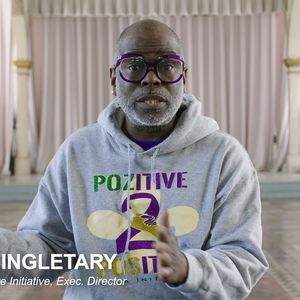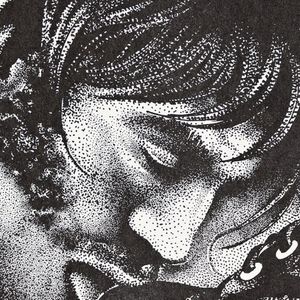Cocktails of
anti-HIV drugs cut the rate of progression from infection
with HIV to AIDS by 86% compared with patients not receiving
any treatment, British researchers said on Friday.
They found that the effectiveness of highly active
antiretroviral therapy, a combination of at least
three treatments from two drug classes, increased with time.
Until now the
benefits over several years were not known because trials
of the drugs, which must be taken for life, were limited to
a follow-up of a year or less.
"Our
results indicate that HAART reduced the rate of progression
to AIDS by 86% and that its effectiveness, compared
with no treatment, increased with time since
initiation," said Jonathan Sterne of the University
of Bristol, in southwestern England, who headed the
research team.
But HAART was
less beneficial for patients who were thought to have been
infected through intravenous drug use.
The anti-HIV drug
cocktails have transformed the illness in Western
countries from a death sentence to a chronic disease, but
doctors have been concerned about long-term impact.
The treatments consist of drugs that interrupt the
life cycle of HIV in different ways, allowing the
creation of cocktails that fight the rapidly mutating virus
on several fronts at once.
The scientists
studied more than 3,200 patients involved in a Swiss study
after January 1996 when HAART first became available in
Switzerland. They compared the impact on patients of
HAART with dual therapy and no drug treatment. The
results are reported in The Lancet.
"The very
large benefits of HAART that are achievable in developed
countries should remind us of the urgency of providing
treatment for millions of people who could benefit in
other parts of the world, particularly sub-Saharan
Africa," said Sterne.
About 39 million
people worldwide are living with HIV. Sub-Saharan Africa
is the worst affected region. About 1 million of the 6
million people in poor countries who need the
life-saving drugs are receiving them, according to the
World Health Organization. WHO had hoped to have 3
million people on treatment by the end of 2005 but admitted
in June it would not meet the target. (Reuters)



















































































